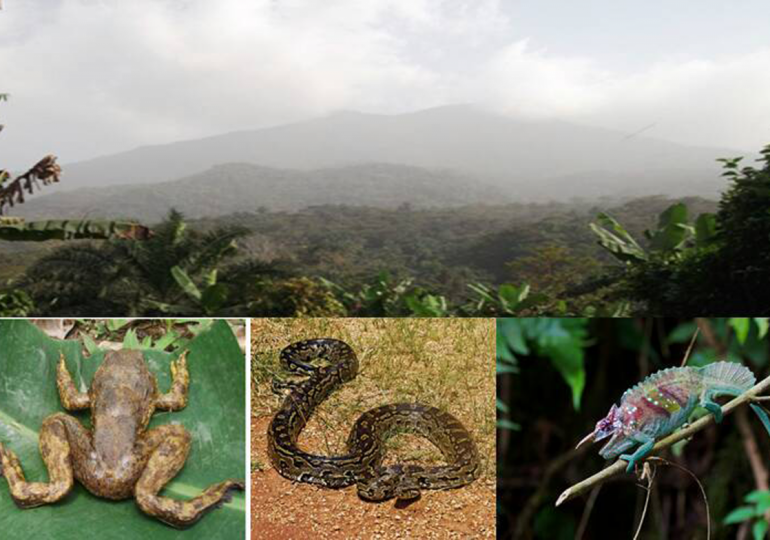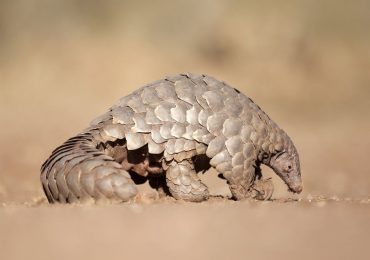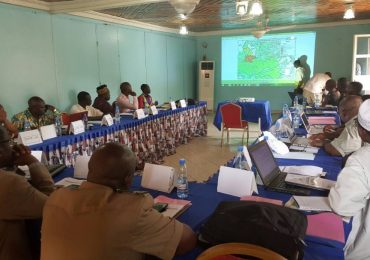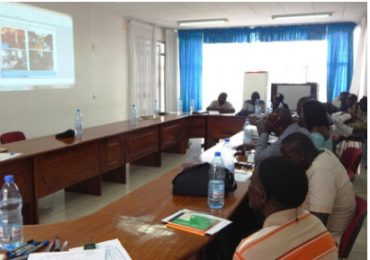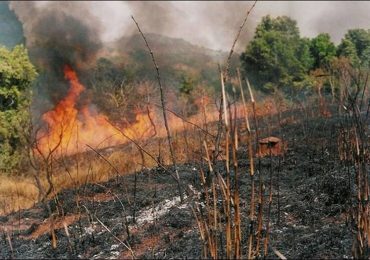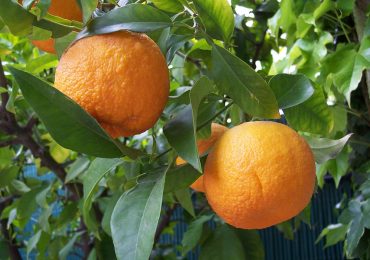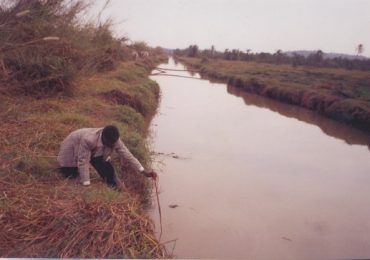Mount Nlonako is a key melting pot for Cameroon’s exceptional herptofauna species. Located in the Littoral Region of Cameroon, this Mountain harbours over 93 amphibians’ species, 10 of which are endemic to the area. There are also 89 reptile species with three endemic to the Mountain and 267 bird species, four of which are also endemic.
B. Shancho Ndimuh
The over 30 adjacent communities to this hotspot have for time immemorial depended on this mountain’s biodiversity for their livelihood. Over 90% of these adjacent communities involved agricultural activities clear vast hectares of the Mount Nlonak each day for agriculture and human settlement. Overexploitation of wild species such as the Goliath frog and other mammal species like the Pangolin to meet consumers’ demand is threatening the biodiversity on Mt Nlonako to local extinction. Meanwhile parts of the lowland forest of Mt Nlonako have been selectively logged in the past and new concessions are nibbling the reserve along the Nkébé River.
Survey & Key Discoveries
After reading several literature and field reports about the increasing depletion of amphibians and other biodiversity species on Mount Nlonako, the ERuDeF Institute of Biodiversity and Non-Profit Studies took interest in Mount Nlonako. With the support of Helsinki Zoo, the Institute conducted a baseline survey on the distribution of Goliath frog and other amphibians species on Mt Nlonako between January and March, 2016 to establish priority sites for conservation of these species
After the survey, it was discovered that about 19,440 frogs are harvested from this mountain area every peak season with habitat loss and fragmentation on a high gear due to deforestation. This discovery underscored the urgent gazetting of this biodiversity hot spot and the provision of alternative livelihood sources to adjacent communities to Mount Nlonako as the only remedy to the depletion of the Mountain and its rich biodiversity species.
As an institution focused on setting the pace in biodiversity management in Cameroon, the ERuDeF Institute is developing a technical report for the creation of the “proposed mt. Nlonako Herpetological Sanctuary”
Difference Gazetting Mt Nllonako Will Make
The successful gazetting of the proposed site will aid in the conservation of the world largest frog species (Conraua goliath) and some 93 amphibians including endemic species like Werneria mertensiana, Petropedetes perreti, Conraua robusta,Cardioglossa melanogaster, Cardioglossa venusta, Astylosternus fallax,Leptodactylodon mertensi, Leptodactylodon ornatus, Leptodactylodon ovatus orientalis. It will equally provide a safe haven to 89 reptile and 267 bird species.
Transforming Mt Nlonako into a protected area will equally aid in the conservation of key medicinal plants species like Azadirachta indica, Baillonella toxisperma, Dosternia mannii, Enantia chlorantha, Garcinia cola, Garcinia lucida, Newbouldia laevis, Pausinystalia johimbe and Prunus Africana,Carapa procera and many others.
Mt Nlonako equally prides itself as the source of River Mungo, River Wouri, River Dibombari, and many other tributaries which the population of the area and its environs depends on for household, industrial and agricultural activities. So gazetting this area will be very instrumental in the conservation of this water source.
The biodiversity hotspot will equally serve as a laboratory for scientific research in the domain of Forestry and Wildlife, Water, Landscape, etc that will generate income for the population. The Protected Area will also help in the development of this area through the construction of research centres around the Protected Area.
Protecting Mt Nlonako will help prevent or reduce damage from many natural hazards such as landslide, erosion and land fragmentation which is destroying the habitat of Cameroon wildlife species.
Besides being the lone protected area that will be dedicated to the conservation of amphibians and reptiles species in Cameroon, the protection of this side will be very instrumental in the realisation of Cameroon Government’s policy of placing at least 30% of the national territory under permanent protection.
The transformation of Mt Nlonako into a protected area will be a bold step towards ecotourism development in Cameroon, which will go a long way to generate jobs for the locals like tourist guide and bio-monitors and in others. It will equally contribute to the sustainable management of Non-Timber Forest Product as well as supported Agro-forestry systems. Pig rearing, beekeeping and aquaculture will contribute to local economic development.
It is therefore incumbent on the Cameroon Government and the ERuDeF Institute of Biodiversity and Non-profit Studies collaborate in raising funds and putting together everything necessary for the speedy gazettment of this emblematic site, if its biodiversity must be conserved.


